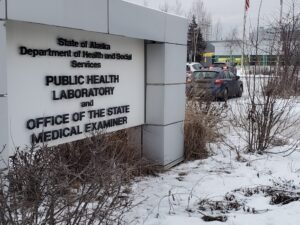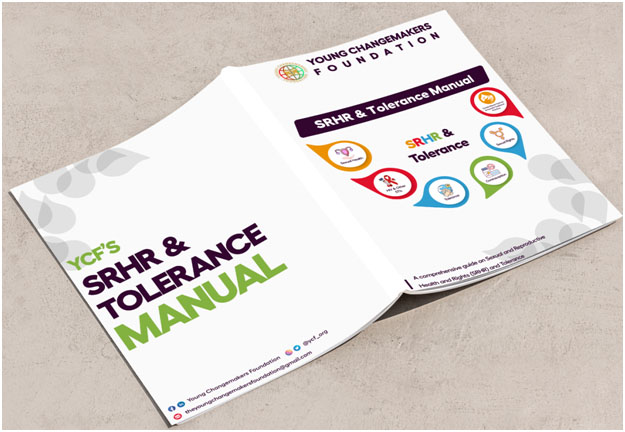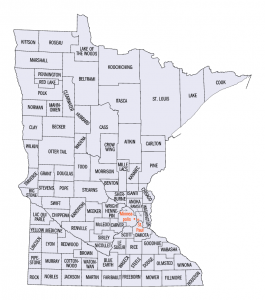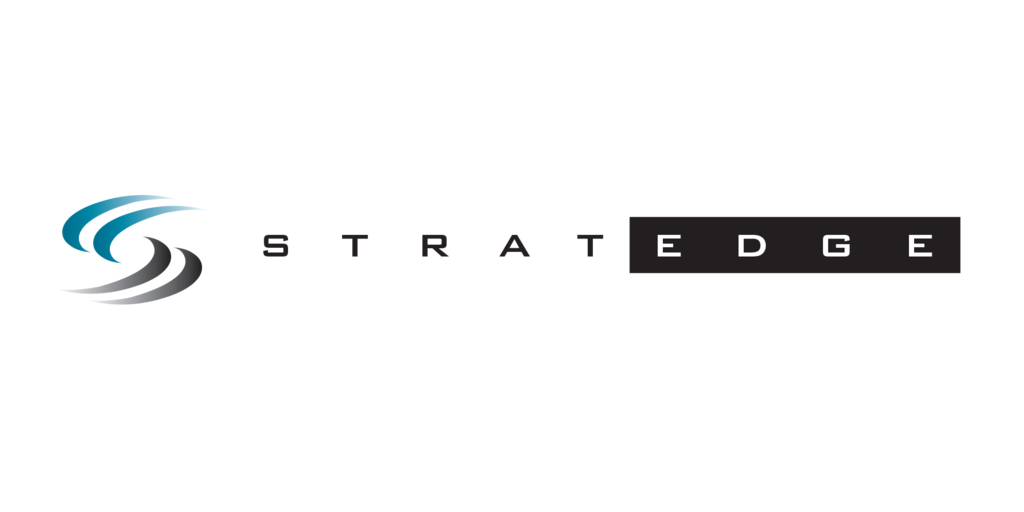A notice posted on a bulletin board at the University of Alaska Anchorage’s School of Allied Health, seen on Wednesday, warns about rising rates of syphilis. The notice provides information about prevention and treatment. Alaska has some of the nation’s highest rates of sexually transmitted diseases, including syphilis, and the escalating trend is continuing, according to newly released state statistics. (Photo by Yereth Rosen/Alaska Beacon)
Syphilis cases in Alaska increased dramatically last year, continuing a pattern in a state that in recent years has had some of the nation’s highest rates of sexually transmitted diseases, health officials said.
Alaska recorded 447 cases of syphilis last year, a 24% increase over the 2020 total, according to a bulletin released Wednesday by the state Division of Public Health’s epidemiology section. Cases were almost evenly split between men and women, and 89% of the cases were among urban residents, the bulletin said. Five of the cases were recorded as congenital, meaning that they were among babies born to infected mothers.
Syphilis is especially dangerous for infants, for whom it can be fatal.
The rise in syphilis is a national trend, the bulletin noted. Perennial factors like substance abuse, poverty and lack of stable housing were compounded by the COVID-19 pandemic, which interrupted access to preventive services and care for those infected, the bulletin said.
Even among other state’s rising rates, Alaska’s problems with sexually transmitted diseases stand out.
Of all U.S. states, Alaska in 2020 had the nation’s third-highest rates of syphilis and chlamydia and the eighth-highest rate of gonorrhea, according to the Centers for Disease Control and Prevention.
Alaska case numbers started their dramatic increase in 2019, more than doubling from the previous year before jumping to 323 in 2020, which was followed by the total of 447 in 2021.
That pattern appears to be continuing in 2022. So far this year, the state has had at least eight cases of congenital syphilis, Clinton Bennett, Department of Health spokesperson, said by email.
The Alaska state public health laboratory in Anchorage is seen on Wednesday, Nov. 30, 2022. The state lab is one of the sites in Anchorage where tests are conducted for transmitted infections. (Photo by Yereth Rosen/Alaska Beacon)
There are many factors that combine to produce such high rates in Alaska, Bennett said.
One likely contributor, he said, is Alaska’s relatively youthful population, with one of the youngest median ages; rates of sexually transmitted infections “tend to be higher among teens and young adults,” he said. Other likely contributors include reduced access to health care – even in Anchorage, the biggest city, where people experiencing homelessness, who are disproportionately affected, “have challenges with transportation to get to a clinic for testing and/or treatment,” he said.
There are limited free or testing and treatment options, and Alaska’s public health infrastructure is also more limited than those in other states, affecting outreach and partner work, he said.
The epidemiology bulletin includes 15 recommendations for better diagnosing syphilis and preventing its spread. Those recommendations include screenings of all pregnant patients during their first prenatal visits, along with possible follow-up screenings; administration of pregnancy tests for reproductive-aged syphilis patients; and periodic comprehensive screening of patients in certain high-risk categories for multiple sexually transmitted infections.
Alaska already requires the initial syphilis screening for pregnant patients that is recommended in the epidemiology bulletin, Bennett noted.
The problems of rising rates of syphilis and other sexually transmitted diseases extend well beyond Alaska.
In Washington state’s King County, the local district that includes Seattle, public health officials have recorded a five-fold increase in syphilis among women since 2015, for example. That includes an increase in congenital cases among babies, a danger that has prompted health officials to recommend routine syphilis screenings for all sexually active women 45 and younger.
The trend exists outside of the United States as well. The COVID-19 pandemic is being blamed for disrupting HIV testing and prevention programs throughout Europe and delivering a setback to goals of eradicating that disease.
Alaska Beacon is part of States Newsroom, a network of news bureaus supported by grants and a coalition of donors as a 501c(3) public charity. Alaska Beacon maintains editorial independence. Contact Editor Andrew Kitchenman for questions: [email protected]. Follow Alaska Beacon on Facebook and Twitter.
Discovered on: 2022-12-02 18:12:20
Source: Syphilis cases in Alaska continue to climb, compounding the state’s STD cha…



